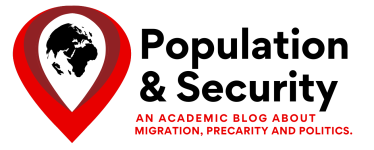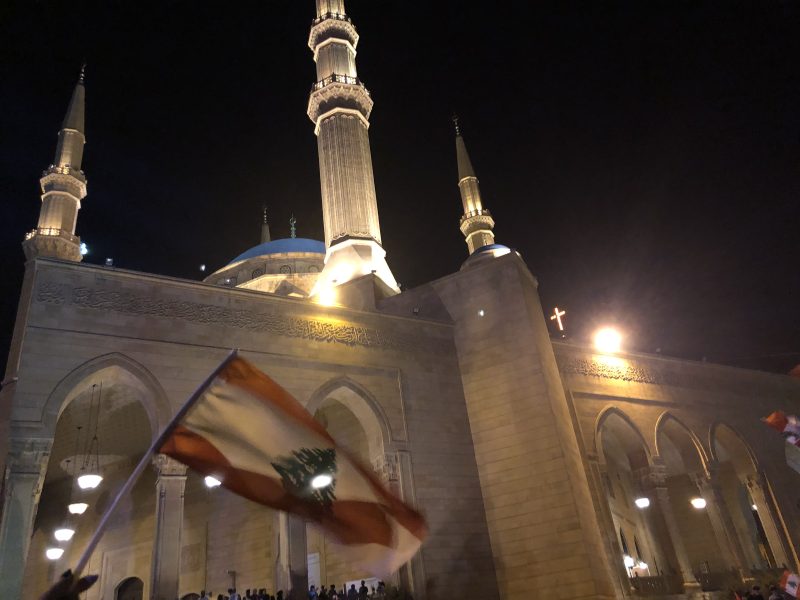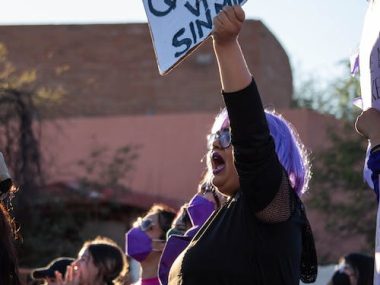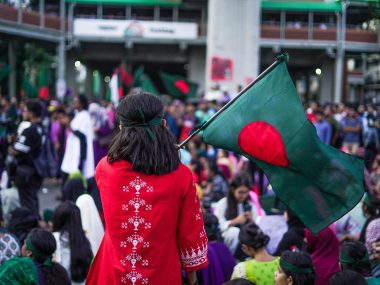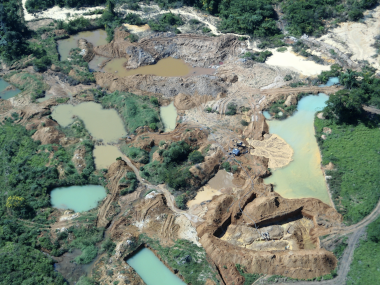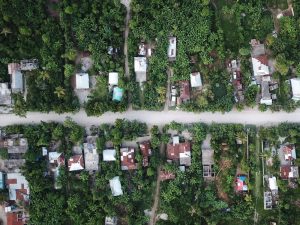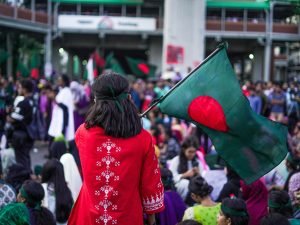In October 2019, protests erupted in several cities across Lebanon, a small Middle Eastern country barely twice the size of the Canadian province of Prince Edward Island, but with 43 times its population. As people called for the elimination of corruption, sectarianism, and most importantly, the abolishment of the political class, the Lebanese President Michel Aoun responded by declaring: “if the demonstrators see no decent people in the government, [they should] emigrate”.
And emigrate they did, or at least, they tried to do. Not only did the protests turn into a full-scale revolution with millions on the streets demonstrating against the government and the president, but a 2020 survey revealed that 77 percent of the Lebanese youth wanted to migrate out of Lebanon.
Lebanon’s History of Mass Migration
Lebanese people have often relocated in response to political and economic crises. The first mass displacement in Lebanon’s contemporary history took place during the fifteen-year-long civil war that started in 1975, as sectarian and religious militias forced civilians to relocate. As the sectarian violence between Christians and Muslims deepened, Beirut, the capital of Lebanon, was divided into two parts: West Beirut, controlled by Muslims, and East Beirut, controlled by Christians. This led to the forced relocation of Muslims into West Beirut and Christians into East Beirut, creating sectarian homogenous territories in an attempt to find safety.
A second wave of forced migration took place in 2006, after Israel invaded Lebanon. According to the Internal Displacement Monitoring Centre, the conflict displaced one million people: approximately 750,000 were internally displaced within Lebanon whereas 250,000 fled to other countries.
The current wave of mass migration thus represents Lebanon’s third mass exodus in nearly half a century. Despite numerous hurdles making it even harder to move across borders during the early months of the COVID-19 pandemic, recent figures show that out-migration from Lebanon has increased by 446 percent in one year, from 17,721 emigrants in 2020 to 79,134 in 2021.
But unlike earlier waves, the third mass exodus is not motivated by a need to flee wars; instead, it is propelled by a desire to take President Aoun at his words and ‘vote with their feet’ by finding economic and political security elsewhere.
The Reasons Behind the Third Mass Exodus
According to the World Bank, Lebanon is currently going through its worst economic crisis since the mid-19th century. After the 2019 revolution, the economy started to deteriorate, with an 80% devaluation of the national currency, hyperinflation, and extreme capital control measures imposed on banks. The current political vacuum has further aggravated the situation as Lebanon has been without a president since October 2022, when Aoun’s term ended.
In the midst of growing economic and political uncertainty, gross negligence resulted in the largest non-nuclear blast in human history when, on August 4th 2020, 2,750 tons of ammonium nitrate –a chemical used in explosives and fertilizers— blew up in the port of Beirut, where they were improperly stored. This led to hundreds of deaths, thousands of injuries, and hundreds of thousands of people displaced.
Besides these new sources of economic and physical insecurity, the country’s sectarian system continued to fuel violence and religious tensions. The 1943 National Pact agreement had attempted to alleviate Muslims’ fear of Western hegemony and Christians’ fears of being out-numbered by the Muslim community. But the resulting compromise, which required among other things that the Prime Minister comes from the Muslim Sunni community and the President comes from the Christian Maronites, has failed miserably as a means of social integration as recent events show.
On October 14, 2021, for instance, Lebanon witnessed brutal clashes between members of the Muslim Shi’a political parties (Hezbollah and Amal) and the Christian Lebanese Forces (a Christian Maronite party) following the investigation of the blast in the port of Beirut. These deadly clashes contributed to heightened national and societal insecurity with Kalashnikovs being used, covering the asphalt with bullet casings, and filling the air with smoke. These sectarian clashes and tensions have repeatedly generated political uncertainty in the country, forcing numerous individuals to emigrate to find a safe home.
Security Implications of the Exodus
But the recent mass emigration phenomenon in Lebanon has in turn deeply affected the country’s national and societal security.
As more and more young educated people opt to migrate to other countries to secure better living conditions and financial prosperity, the country is experiencing a significant brain drain. This can be seen most notably in the health care sector where an estimated 1,000 medical professionals have left the country since the 2020 explosion, thereby contributing to the collapse of the Lebanese healthcare sector. Interestingly, Lebanon’s brain drain is also affecting the national level of English proficiency in the country. On November 22, 2022, the EF English proficiency Index’s annual report dropped Lebanon’s placement from 34th place worldwide in 2021 to 54th in 2022, a sharp drop that was in part attributed to the growing out-migration of educated individuals.
On a societal level, out-migration is also changing the country’s demographics. According to the Lebanese researcher Suzzane Menham, the healthcare sector’s crisis and youth emigration are both contributing to an aging of the population and ultimately to a decrease in efficiency, fertility, and employment rate, which will severely hamper the country’s ability to be economically competitive in the future.
But perhaps most importantly, out-migration is also affecting the ethnic and religious composition of the Lebanese population, as the number of Christians whose migration levels have soared as of late. Consequently, the latest figures published by Statistics Lebanon revealed that the percentage of Christian population has decreased from 33.7 percent in 2018 to 32 percent in 2021 while the Muslim population has increased from 61.1 percent in 2018 to 64.9 in 2021, reviving earlier fears of Christian oppression and Muslim hegemony.
What’s in Store for Lebanon?
Lebanon has had a long history of human migration within and across its borders. But rather than being induced by wars, the latest wave of out-migration was instead motivated by a desire to flee political, societal, and economic instability.
Any large demographic changes are doomed to have multifaceted, long-term effects on a country. In Lebanon, not only is the third exodus contributing to the aging of the population and the decline in its health care sector –two transformations that will cost Lebanon dearly in the future-, it is also expected to strengthen sectarianism, accelerating the risks of violent clashes in the country.
President Aoun’s initial quip may indicate that he largely saw out-migration as a way to get rid of dissidents and troublemakers. However, as I have shown here, Lebanon’s third exodus is gearing up to have serious, long-lasting impacts on the country’s political instability and security, which we would do well to pay attention to.
